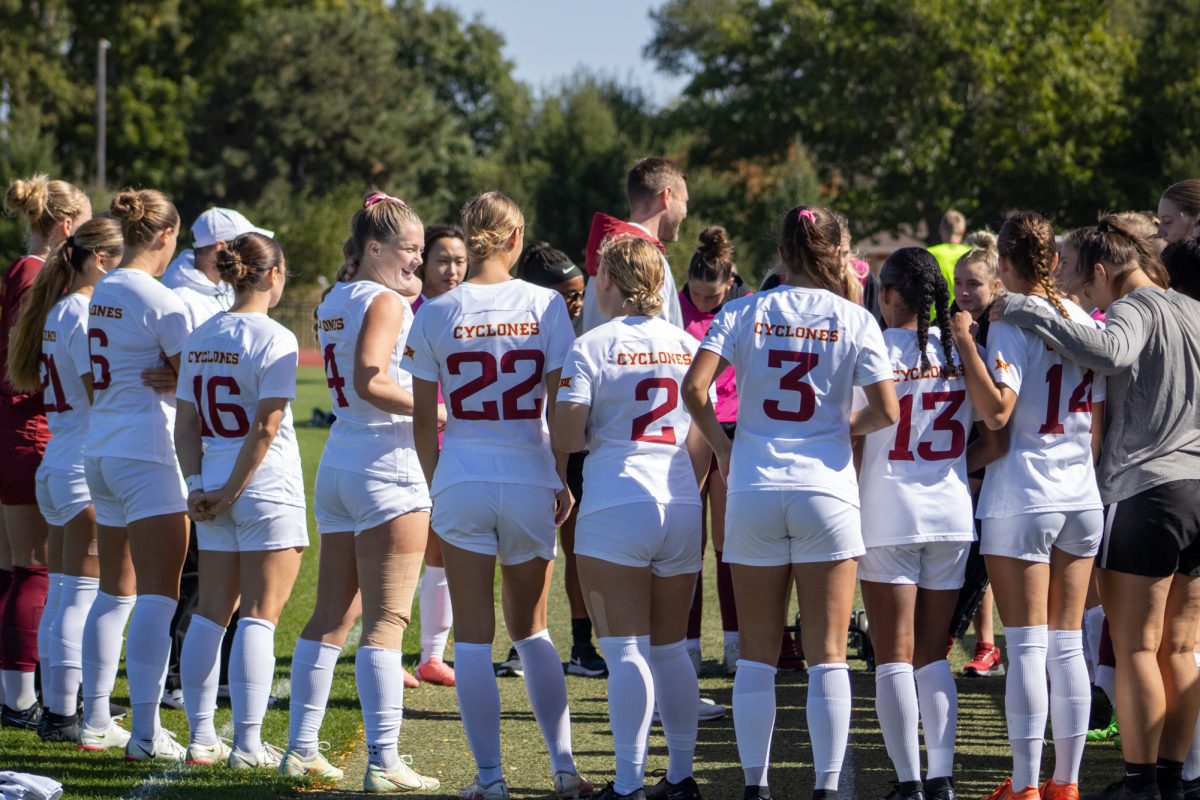Ag researchers find a new use for satellites
June 9, 2003
A team of soybean researchers have begun to use satellites for much more than cable television.
Forrest Nutter and Greg Tylka, professors in plant pathology, have been working with John Basart, professor in aerospace engineering and engineering mechanics, to predict plant quality and possible infestations.
The research involves recording both ground and aerial readings of reflected light in soybean fields.
Unlike other research in this field, the ISU team uses data gathered at the ground level as well as aerial and satellite data.
Nutter said ground data, consisting of soil and crop samples, is not usually collected in other studies. “A lot of projects just collect satellite images and don’t know what’s going on in the ground,” Tylka said.
Once the ground data is gathered, the researchers head to the skies to confirm their findings.
“We’ve only been as high as 6,000 feet, but hope to go up to 10,000 feet next summer,” Basart said.
Aerial pictures taken from the plane and the remote sensors of the satellites can show if plants have parasites or are diseased.
“Without aerial and satellite images, farmers have to go through all of their fields to find defects,” Nutter said. “The use of remote sensing will make it much easier and more likely that problems will be detected early.”
The remote sensors detect plant stress by measuring the amount of sunlight that is reflected off of the soybean plants.
“The higher the intensity [of sunlight] is, the healthier the crop is,” Nutter said.
The team is not working to increase production, but to decrease problems with soybean crops, Nutter said.
“We’re not so much working on yield, but what’s limiting yield,” he said.
Soybean cyst nematodes, also known as roundworms, found in fields are the main problem being studied, Tylka said.
“Once a soybean cyst nematode problem is found, there’s really no way to get rid of it,” he said.
However, it is very important to catch it early to prevent it in the future, Tylka said. This is why the satellites are very important tools, he said.
Once the pests are discovered, farmers will consider growing resistant soybean varieties or corn in the future, Tylka said. Introducing a new variety of crop will prevent infestation for the next growing season.






